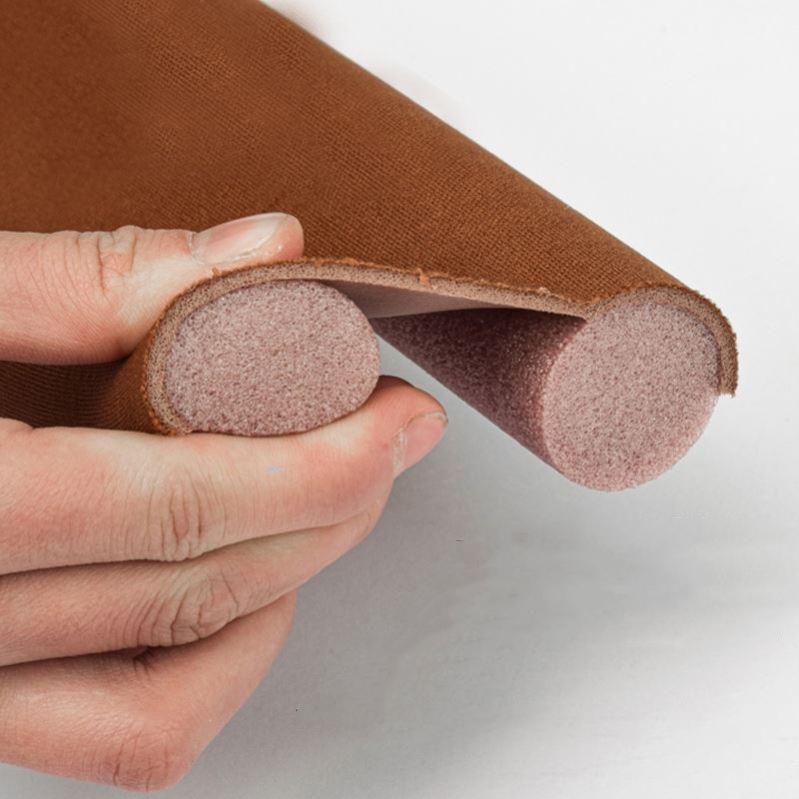Effective Weather Stripping Solutions for Managing Large Gaps in Doors and Windows
Weather Stripping for Large Gaps A Comprehensive Guide
When it comes to maintaining a comfortable and energy-efficient home, addressing gaps and leaks around windows and doors is crucial. Large gaps can lead to significant air infiltration, making your heating and cooling systems work harder, thus increasing energy bills. One effective solution to this problem is using weather stripping specifically designed for large gaps. This article explores the types of weather stripping suitable for large gaps, how to install them, and additional tips for optimal performance.
Understanding Weather Stripping
Weather stripping refers to various materials used to seal openings around doors and windows. Its primary purpose is to prevent air leaks, keeping indoor environments comfortable and reducing energy consumption. For typical applications, the standard weather stripping materials, such as foam tape or felt, may suffice. However, for larger gaps, specialized materials must be employed to regain thermal efficiency.
Types of Weather Stripping for Large Gaps
1. V-Seal Weather Stripping Also known as V-strip or tension seal, this product is made from flexible materials and is ideal for gaps that are too wide for traditional weather stripping. The V-shaped configuration allows it to compress effectively, sealing large openings while enabling easy movement of the door or window.
2. Door Sweeps A door sweep attaches to the bottom of an exterior door, effectively closing off the gap between the door and the threshold. Available in various styles, including solid vinyl and bristled designs, they are extremely effective in preventing drafts and moisture infiltration.
3. Foam Tape While often used for smaller gaps, thicker foam tape can be beneficial for larger openings, particularly in areas where a flexible, compressible barrier is needed. Multi-layer foam tape can provide a better seal than single-layer variants.
4. Compression Seals These seals, often made of rubber or silicone, can accommodate larger gaps and create a tight seal when the door or window is closed. They can be affixed to the frame of the window or door and work by compressing against the opening, blocking airflow.
5. Magnetic Weather Stripping This innovative solution employs magnets to create an airtight seal. Typically found in storm doors or windows with removable panels, magnetic strips can easily align to form a robust barrier against drafts.
weather stripping for large gaps

Installation Tips
To achieve the maximum benefit from your weather stripping, proper installation is essential. Here are some steps to guide you through the process
1. Clean the Surface Before installation, ensure that the surfaces where you will apply the weather stripping are clean and free of dust, dirt, or old weather stripping residue. This step promotes better adhesion.
2. Measure the Gaps Accurately measure the width and height of the gaps around your doors and windows. This will help you determine the length of the weather stripping you will need to buy.
3. Choose the Right Product Based on the size of the gap, select the appropriate weather stripping type. Ensure that its dimensions and material characteristics suit your specific needs.
4. Apply with Care For adhesive-backed weather stripping, peel off the backing and press the strip firmly onto the surface. For non-adhesive types, follow the manufacturer’s instructions for fasteners or adhesives.
5. Test the Seal After installation, check the seal by closing the window or door and examining it for any light or draft coming through. If necessary, make adjustments or add more material to ensure a tight fit.
Conclusion
In conclusion, addressing large gaps with appropriate weather stripping is crucial for maintaining an energy-efficient and comfortable home. By understanding the various types of weather stripping available and following proper installation techniques, homeowners can significantly reduce air leaks. This not only enhances indoor comfort but also leads to considerable savings on energy bills in the long run. Whether you opt for V-seal, door sweeps, or any other suitable option, taking these steps can pave the way for a more energy-efficient and cozy living environment.
-
Silicone Seal Strip: The Ultimate Solution for Your Sealing NeedNewsNov.01,2024
-
Keep the Heat: The Importance of Seal for Oven DoorsNewsNov.01,2024
-
Essential Guide to Corner Protectors for Your FurnitureNewsNov.01,2024
-
Enhance Your Home with Silicone SolutionsNewsNov.01,2024
-
Efficient Maintenance of Melamine Sealing StripsNewsNov.01,2024
-
Comparison of Different Edge Sealing ProcessesNewsNov.01,2024
-
Types of Door Bottom Seal Strips and Their Best UsesNewsOct.25,2024